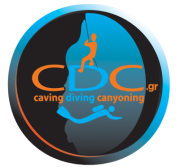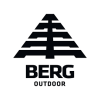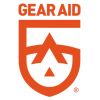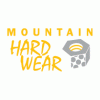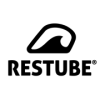What is Bouldering

Bouldering is basically climbing near the ground without the use of rope and harness. Usually the climb can reach up to 17 feet height (apx. 5 meters) and it requires a crash pad to soften the fall. Since you are not using any equipment (except for climbing shoes and chalk), bouldering is all about the movement on the rock. Bouldering climbs, often referred to as “problems”, are short routes leading to the top of the rock (i.e. boulder). In order to climb the rock you need to “solve” the problem by placing your body correctly on the rock, trying to get higher and higher till you reach the top. It’s a process of trial and error until you find the correct set of movements to allow you to further progress. Body strength and good physical condition are important since you need to use all your muscles to cling to the rock and fight against gravity, especially for the overhangs which are very common in bouldering. It’s an amazing exercise for the body but also for the mind as you need to “read” the rock and adjust your body accordingly.
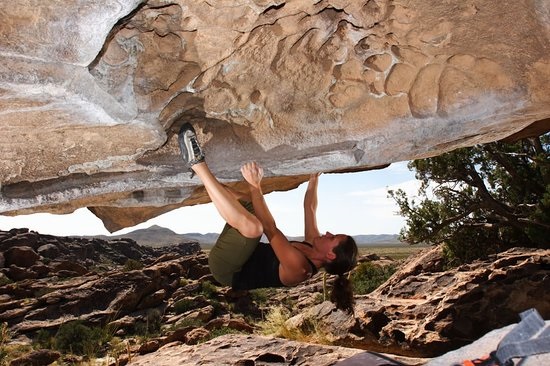
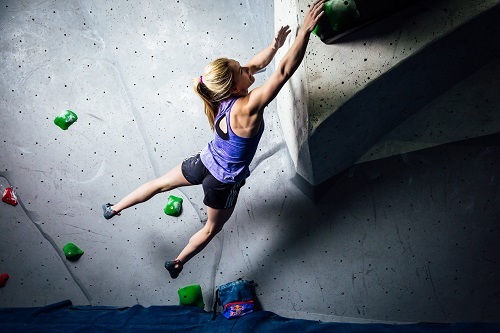
History lessons
Bouldering started in the late 1800 in Fontainebleau south of Paris, as a way to exercise for alpine climbing, although pure bouldering, meaning climbing strictly without a rope, started gaining popularity later among the British Mountain Guides who were practicing moves for their mountain climbing. Originally it was not considered a sport but more of an exercise activity. It was somewhere in the late 1900 that bouldering started to be conceived as sport of its own, equal to lead climbing.
Originally bouldering was done on “nailed boots” so that climbers could stand on tiny footholds (similar to dry tooling today).
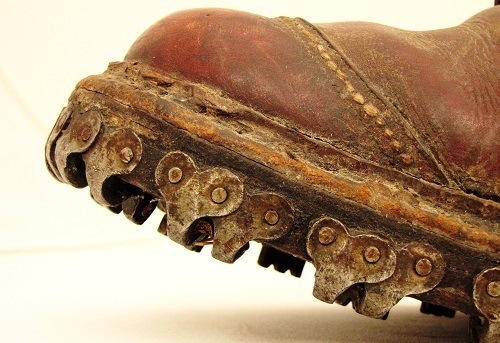
Somewhere in the 1930’s Pierre Allain designed the first soft-soled shoes, which looked a lot like our climbing shoes today.
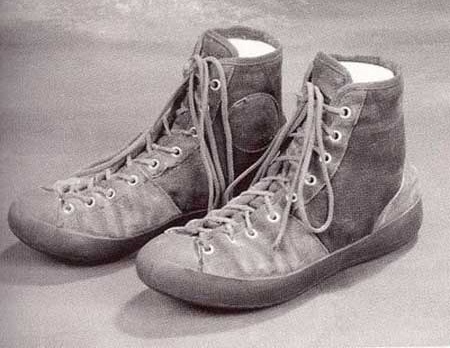
Bouldering started to gain a lot of reputation after the efforts of John Gill to turn it into a separate sport, thereof he is considered to be the father of bouldering. John Gill (born in 1937), who came from a gymnastics background, considered bouldering a form of moving meditation. He also introduced chalk into the sport (until then climbers would use dirt from the ground to dry their hands from the sweat) and also started making use of dyno moves which are an essential part of bouldering today.
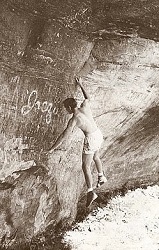
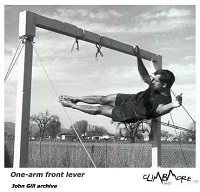
Slowly but steadily bouldering became a popular sport. Today you will find many indoor gyms that are solely designed for bouldering. In fact you will find many climbers that only practice bouldering and not other forms of climbing (sport or trad climbing).
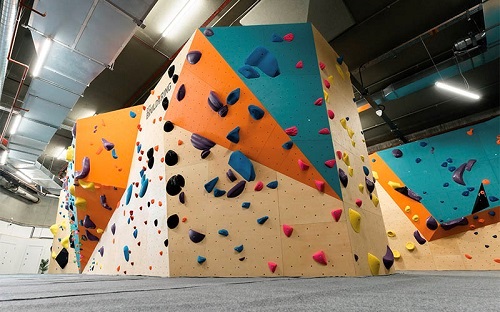
Whether you like sport, trad or alpine climbing, bouldering is an incredible form of exercise for the body and the mind. It builds your body strength and confidence in your body movement. At the same time it helps you practice difficult moves and “reading” of the rock. You can think of it as a riddle or a puzzle where your body needs to take the correct form each time in order to fit unto the rock. It’s very playful and challenging at the same time and you’ll be hooked up before you know it!
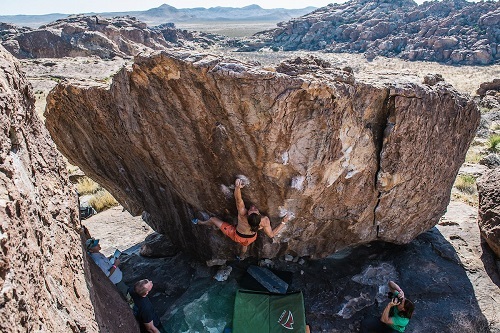
Sources
https://www.boulderbrighton.com/what-is-bouldering
https://www.climbingfacts.com/what-is-bouldering/
Recent posts
-
24/05/2024Backpack Guide Part Α’ 10 – 30 L
-
20/03/2024Guide for crampons
-
19/02/2024Hangboarding for beginners
-
06/02/2024Rock Climbing in Occupational Therapy
-
23/11/2023Climbing Grades
-
22/11/2023Climbing in psychotherapy
-
16/11/2023What is Bouldering
-
15/11/2023Trad VS Sport Climbing
-
15/11/2023Winter Tents
-
07/11/20233 Season Tents
-
03/11/2023Summer Tents
-
02/11/2023Lifespan Of Your Climbing Gear – Part B Metal Components
-
02/11/2023Lifespan Of Your Climbing Gear – Part A (Harness, Rope, Slings and Webbing)
-
30/10/2023Nail Vernis Aquaglutene - Vade Retro
-
30/10/2023THE LOG BOOK
-
30/10/2023Mountain cookware
-
30/10/2023Our Blog
-
30/10/2023Climbing Shoes - Quick Buying Guide
-
30/10/2023Washing and maintenance of the sleeping bag
-
30/10/2023Superlight Tents
-
30/10/2023ΙNFORMATION FOR CRAMPONS
-
30/10/2023Ice axe
-
30/10/2023INFLATABLE MATTRESS SLEEP
-
30/10/2023Nikwax secrets of waterproofing
-
30/10/2023What Is “Softshell”?
-
30/10/2023Slacklining, ένας εναλλακτικός τρόπος γυμναστικής.
-
30/10/2023Mountaineering - Hiking Boots
-
30/10/2023Waterproof Membranes
-
30/10/2023Sleeping Bags
-
30/10/2023Sleeping Mats
-
30/10/2023Base Layers
-
30/10/2023Climbing Helmets
